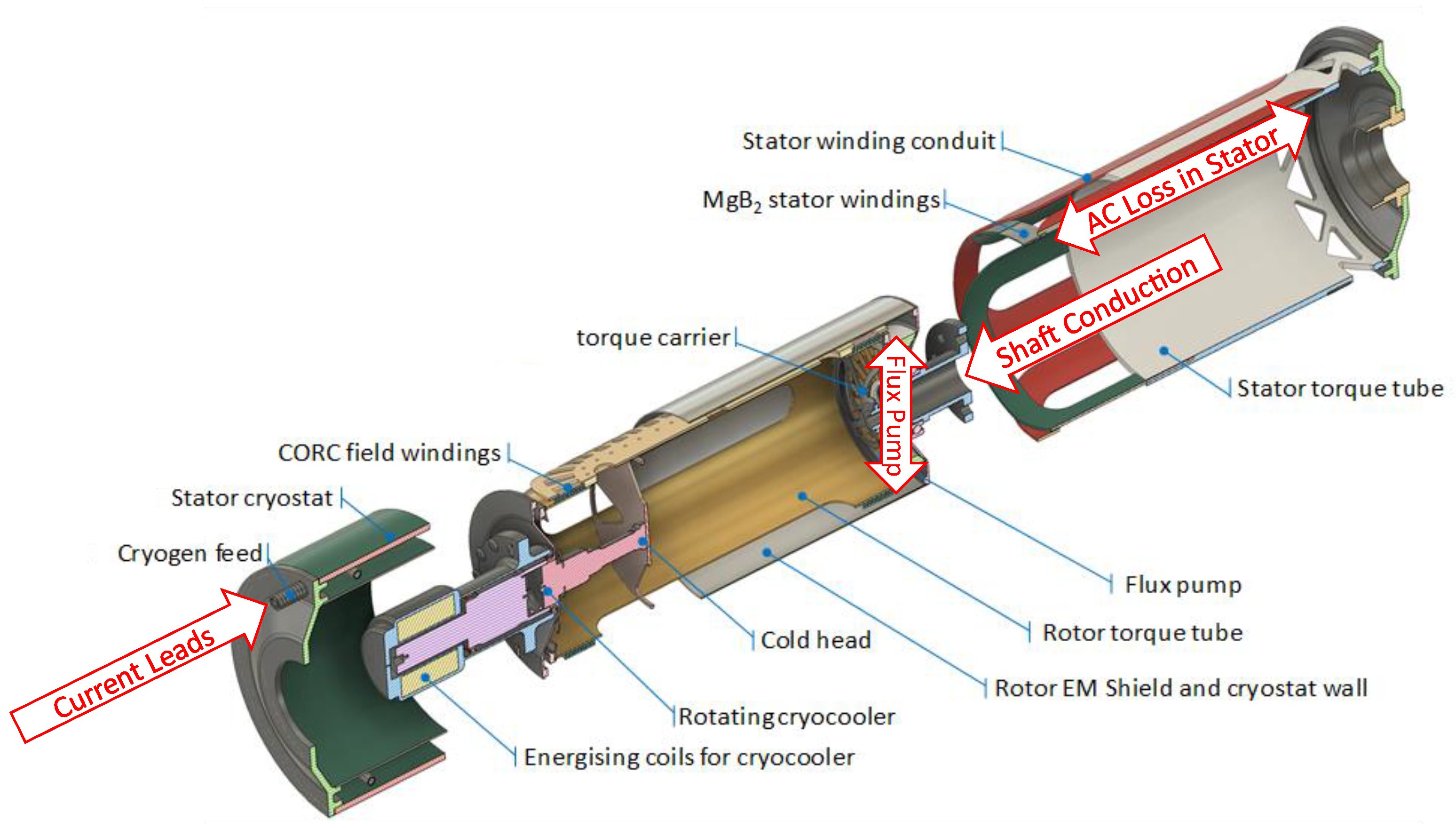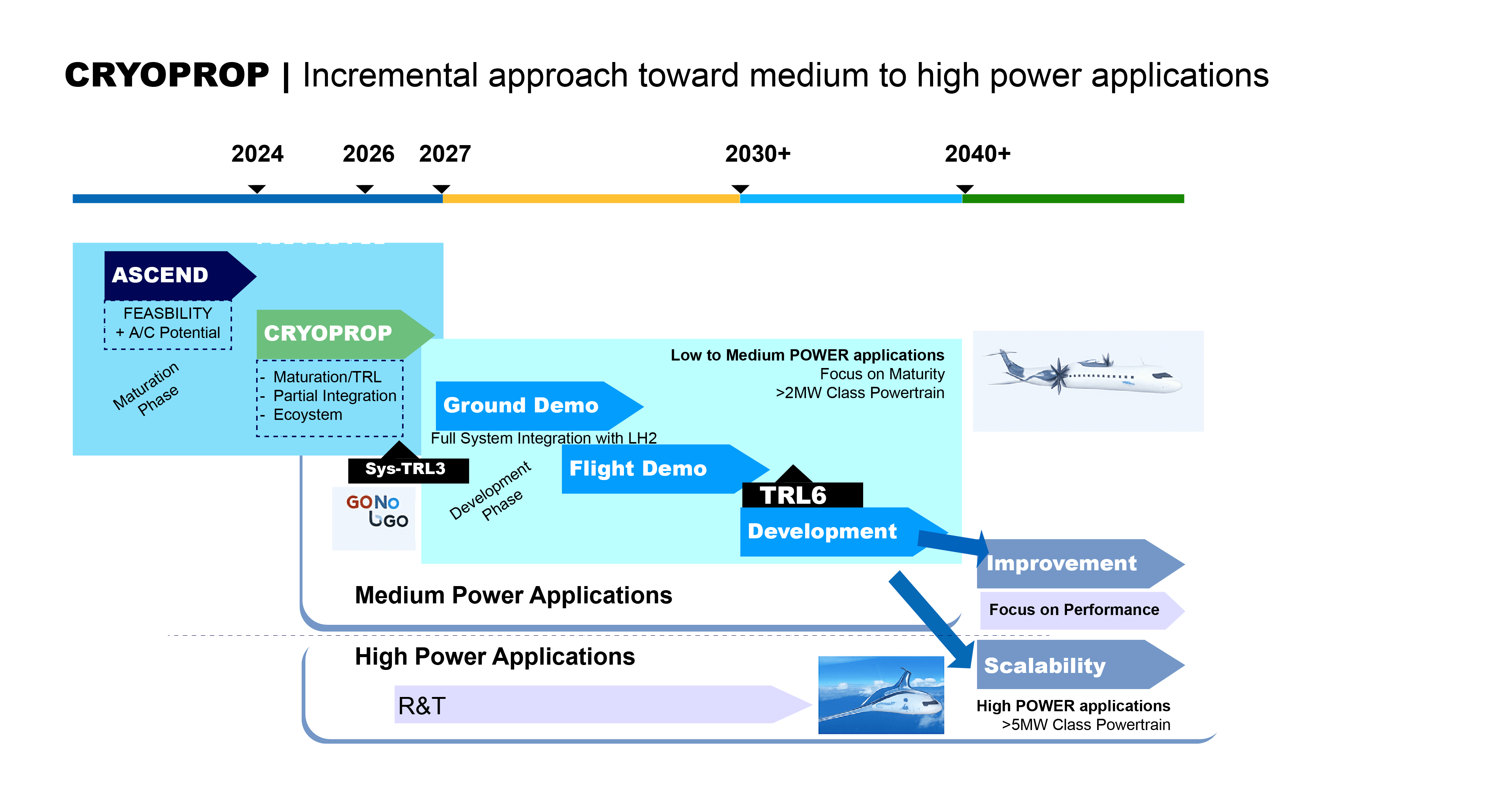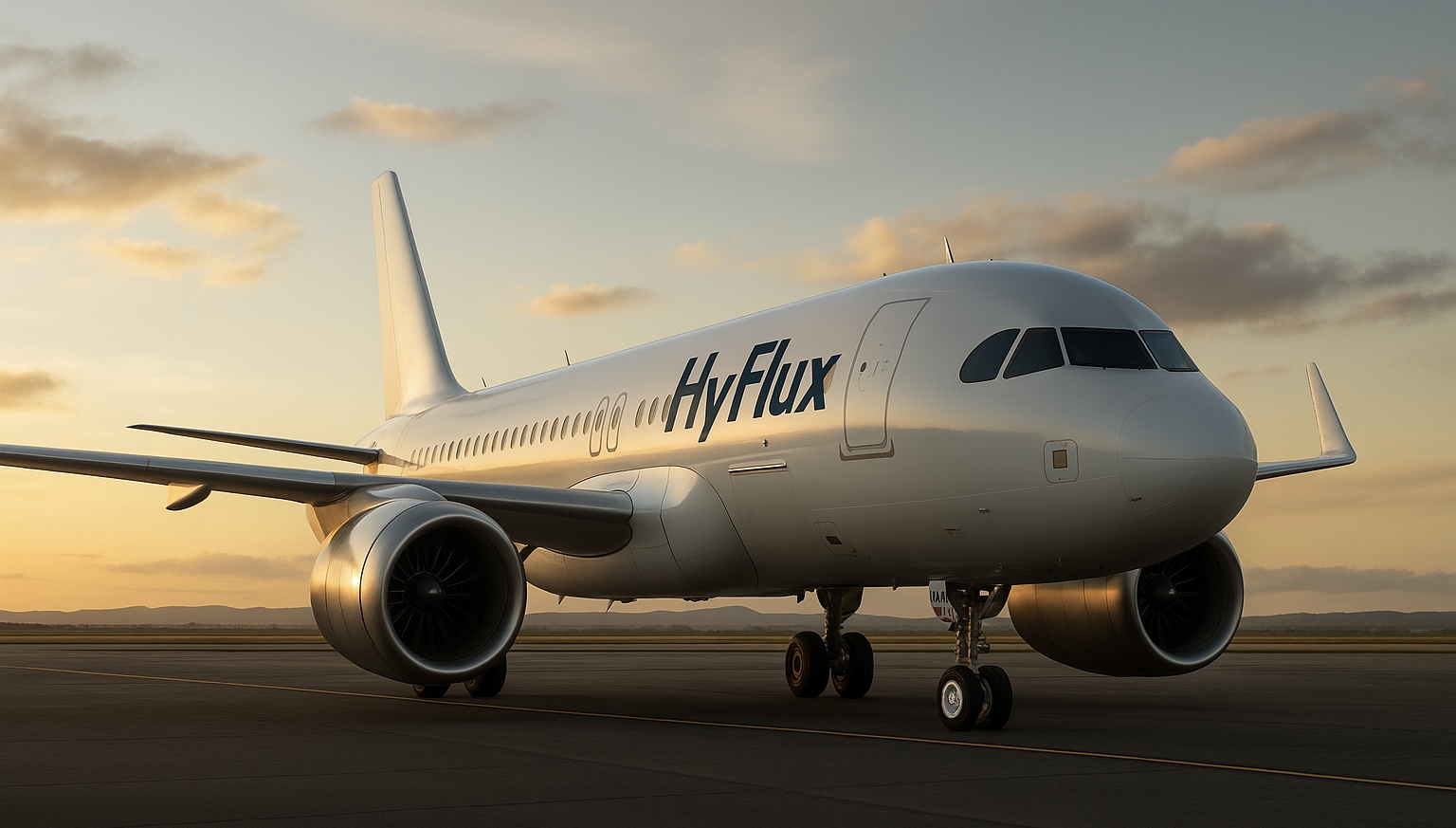Hydrogen vs Sustainable Aviation Fuels (SAF)
The discussion about which is the best option is reaching a point of contention, as McKinsey and Co, with the Clean Aviation (formerly Clean Sky's) suggested we need to invest now in Hydrogen to provide the option which brings the Lowest Life-Cycle-Cost and minimises Climate Change effects, including Radiative Forcing effects.
While much of the discussion about how to reduce aviation’s carbon footprint has focused on the availability of sustainable aviation fuel (SAF) and when and how electric aircraft may be unshackled from the limits of battery technology, hydrogen has been quietly moving up the future propulsion agenda. However, hydrogen has been gaining momentum for some time in other sectors of transportation, such as road, rail, and marine vehicles, and is increasingly being viewed as a viable longer-term alternative to fossil fuel. Some of the more bullish pioneers in the field are claiming they could have hydrogen-powered aircraft approved for service as soon as 2025 or 2026.
Hydrogen
'Giving Hydrogen the Green Light’. Chris Gear, Aerospace Technology Institute, FlyZero Project Director adding 'At a time of global focus on tackling climate change our midsize concept sets out a truly revolutionary vision for the future of global air-travel keeping families, businesses and nations connected without the carbon footprint. This new dawn for aviation brings with it real opportunities for the UK aerospace sector tosecure market share, highly skilled jobs and inward investment while helping to meet theUK’s commitments to fight climate change.'
Liquid Hydrogen has come through a trade study with all options being considered, SAF, batteries, Hybrid Electric with SAF, Ammonia and Gaseous Hydrogen.
Passengers could one day fly anywhere in the world with no carbon emissions and just one stop on board a concept aircraft unveiled by the Aerospace TechnologyInstitute (ATI) on the 6th December 2021.
Developed by a team of aerospace and aviation experts from across the UK collaborating on the government backed FlyZero project, the concept demonstrates the huge potential of green liquid hydrogen for air travel not just regionally or in short haul flight but for global connectivity. Liquid hydrogen is a lightweight fuel, which has three times the energy of kerosene and sixty times the energy of batteries per kilogramme and emits no CO2when burned.Realising a larger, longer range aircraft also allows the concentration of new infrastructure to fewer international airports accelerating the rollout of a global network of zero-carbon emission flights and tackling emissions from long haul flights.
McKinsey and Clean Aviation
Hydrogen Powered Aviation with Clean Aviation, and Clean Hydrogen Joint Undertaking supported McKinsey, and Co to develop a Fact Based Study of Hydrogen Technology.





